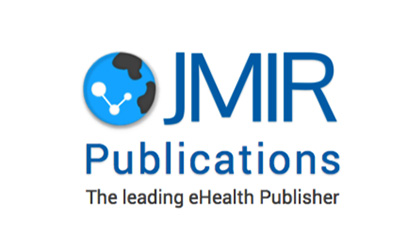
ABSTRACT
Background: Inviting patients to read their primary care visit notes may improve communication and help them engage more actively in their health care. Little is known about how patients will use the opportunity to share their visit notes with family members or caregivers, or what the benefits might be.
Objective: Our goal was to evaluate the characteristics of patients who reported sharing their visit notes during the course of the study, including their views on associated benefits and risks.
Methods: The OpenNotes study invited patients to access their primary care providers’ visit notes in Massachusetts, Pennsylvania, and Washington. Pre- and post-intervention surveys assessed patient demographics, standardized measures of patient-doctor communication, sharing of visit notes with others during the study, and specific health behaviors reflecting the potential benefits and risks of offering patients easy access to their visit notes.
Results: More than half (55.43%, 2503/4516) of the participants who reported viewing at least one visit note would like the option of letting family members or friends have their own Web access to their visit notes, and 21.70% (980/4516) reported sharing their visit notes with someone during the study year. Men, and those retired or unable to work, were significantly more likely to share visit notes, and those sharing were neither more nor less concerned about their privacy than were non-sharers. Compared to participants who did not share clinic notes, those who shared were more likely to report taking better care of themselves and taking their medications as prescribed, after adjustment for age, gender, employment status, and study site.
Conclusions: One in five OpenNotes patients shared a visit note with someone, and those sharing Web access to their visit notes reported better adherence to self-care and medications. As health information technology systems increase patients’ ability to access their medical records, facilitating access to caregivers may improve perceived health behaviors and outcomes.
Read the full article on JMIR Publications website!



